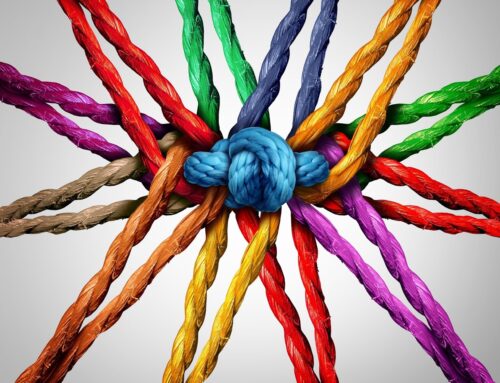 Every organization has a unique culture as a result of the norms, values and accepted behaviors that are held within the community. People are often unaware that they do function within a company culture. However, when they begin to work closely with another company culture, they become aware of those differences because of the disconnects those differences can cause. Culture often determines operational processes within companies such as how decisions are made, how information is communicated, or how conflict is managed. Take for example a collaboration between a high-flying startup company and a well-established Fortune 100 company. It doesn’t take much imagination to anticipate some of the issues these two types of companies might encounter in working with each other. Alliance managers skilled at managing these kinds of collaborations understand how to bridge these cultural differences through jointly establishing operating principles that govern how teams will interact within their business relationships. In the best of worlds, differences are integrated to create greater value i.e. the best of both.
Every organization has a unique culture as a result of the norms, values and accepted behaviors that are held within the community. People are often unaware that they do function within a company culture. However, when they begin to work closely with another company culture, they become aware of those differences because of the disconnects those differences can cause. Culture often determines operational processes within companies such as how decisions are made, how information is communicated, or how conflict is managed. Take for example a collaboration between a high-flying startup company and a well-established Fortune 100 company. It doesn’t take much imagination to anticipate some of the issues these two types of companies might encounter in working with each other. Alliance managers skilled at managing these kinds of collaborations understand how to bridge these cultural differences through jointly establishing operating principles that govern how teams will interact within their business relationships. In the best of worlds, differences are integrated to create greater value i.e. the best of both.
Some companies have cultures that are naturally more supportive of collaboration. The underlying norms and values of these cultures are clues to how to foster a partner friendly environment. Understanding Win-Win is essential to collaborations: sustainable alliances are based upon value that is created in the partnership and not just value that is divided.
“I came to see at my time at IBM, that culture isn’t just one aspect of the game – it is the game. In the end, an organization is nothing more than the collective capacity of its people to create value. Vision, strategy, marketing, financial management – any management system – can set you on the right path and can carry you for a while. But no enterprise … will succeed over the long haul if those elements aren’t parts of its DNA.”
Louis V. Gerstner Jr, CEO IBM



